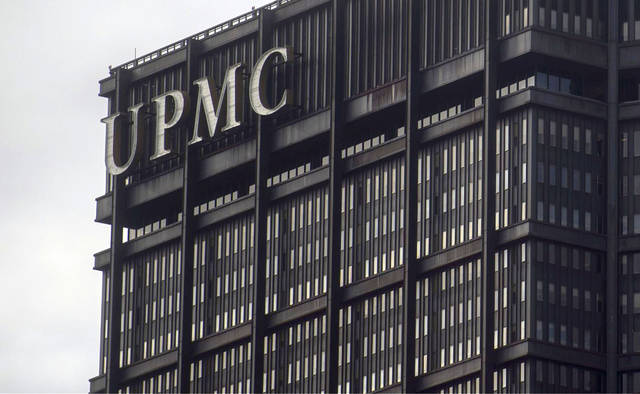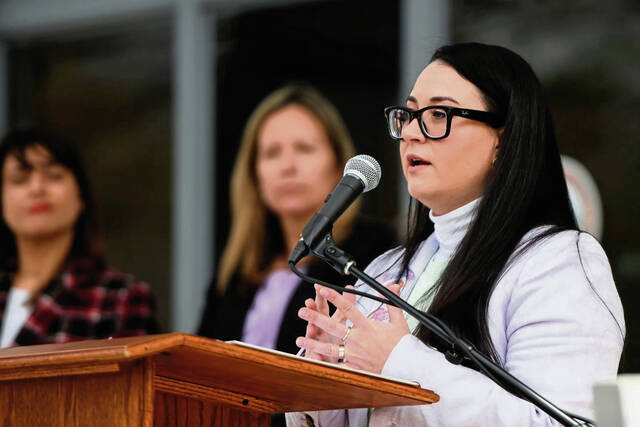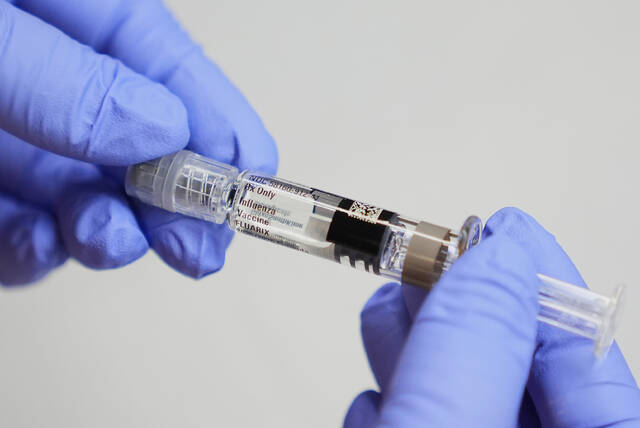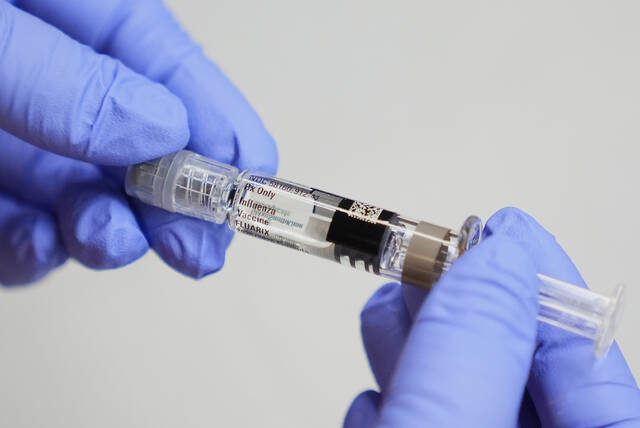UPMC continues to grow its insurance rolls and investment capacity to record-high levels so far this year as patient demand for services rebounds and covid-19 restrictions ease.
“Our hospitals are busy,” UPMC Chief Financial Officer Edward Karlovich said. “We are past the point where we had the significant reduction in activities that happened last calendar year about this time.”
The health care system reported $6 billion in operating revenue for the first three months of 2021 — a 9% increase from early 2020, when the coronavirus struck Pennsylvania and non-urgent procedures ground to a halt to make space for covid-19 patients, UPMC’s unaudited financial statements show.
“Our volumes continued to increase in the second half of last year as well as the first quarter of this year,” Karlovich said. “So we continue to see that happening, and our financial performance has improved in response to that. … We’re looking forward to a positive year and reinvesting in our communities.”
$41M loss changed to $16M gain
The combination of increased insurance revenue, federal assistance and more patients seeking care in recent years helped to more than offset losses spurred by the pandemic, UPMC’s statements show.
Operating income, or revenue after subtracting operating-related expenses, totaled $288 million across UPMC’s provider, insurance and other business arms from Jan. 1 through the end of March — a whopping 1,700% increase from $16 million for the same period last year, UPMC’s statements show.
The health system initially reported taking a $41 million loss during the first quarter of 2020, but has since adjusted its first-quarter 2020 operating income to incorporate an additional $56.9 million in revenue related to medical research and its affiliation with University of Pittsburgh. Pre-pandemic, in the first quarter of 2019, UPMC reported an operating gain of $44 million.
UPMC’s insurance rolls now include nearly 4 million members, up from 3.8 million members reported this time last year. Insurance revenue is up 7% compared to early 2020.
“We continue to expand our reach into new and different insurance opportunities,” Karlovich said.
The past year’s gains on the insurance side helped make up for losses on the hospital side, with fewer patients seeking treatments leading to fewer patients requiring insurance payouts.
RELATED: Why ‘bailed-out’ hospital giants like UPMC thrived in 2020 while others floundered
Volumes rebound to ‘near pre-pandemic levels’
According to Leslie Davis, chief operating officer of UPMC Health Services Division, UPMC was not hit as hard financially by the covid pandemic as “many of our colleagues on the coastal academic medical centers.”
“We were also able to move resources around throughout our hospitals, and so when Central Pennsylvania was feeling more of a surge, we were quickly able to move nurses and ventilators and anything else that was needed,” Davis said. “Look, I can’t say this (pandemic) was not a disruption to the way we deliver care, but I’m very, very proud of our teams, our nurses, our physicians, our essential service workers. We just got back to work very, very quickly and we take care of all the patients who need us. And there’s quite a bit of demand.”
Admissions and observations at UPMC hospitals still declined by 4% in the first three months of this year, with volumes picking up more recently as vaccinations become more readily available, records show. Meanwhile, outpatient revenue increased by 8% and physician revenue grew by 4%.
RELATED: Covid cases, hospitalizations continue to drop in Pennsylvania and Allegheny, Westmoreland counties
Headquartered in Downtown Pittsburgh’s U.S. Steel Tower, UPMC employs more than 92,000 people, making it Pennsylvania’s largest non-government employer. Its provider network spans 40 hospitals, more than 700 doctors’ and outpatient offices, 30 senior living communities and more than 70 cancer centers in Pennsylvania, Ohio, New York and Maryland.
UPMC now has $10.5 billion in cash and investments, up from $7 billion at the same time last year.
The nonprofit health system, which must pump profits back into operations, spent $186 million on capital projects in the first quarter. The system continues to invest in upgrades to Western Pennsylvania facilitie such as UPMC Magee Womens Hospital, Children’s Hospital of Pittsburgh, Western Psychiatric Hospital and Hillman Cancer Centers, in addition to expanding telehealth and community-based provider options.
The goal is “to enhance facilities and ensure the continued quality of care and the best experience” for patients while “delivering our world-class care closer to home,” Davis said.
The system also released a new report that says UPMC spent $1.7 billion on IRS-defined community benefits in 2020, up from $912 million in 2016. Last year’s expenditures include $509 million in charity care, $599 million for medical research and education and $558 million for health and wellness programs and charitable grants.
The organization as a whole ended 2020 with a record-high $23.1 billion in total revenue — up $2.5 billion from 2019 — and $836 million in operating income.
More than half of UPMC’s $836 million gain came from one-time revenue infusions: the December sale of its pharmacy business, Chartwell, amounted to a $201 million gain; and an accounting change related to contributions to the University of Pittsburgh amounted to a $250 million gain. When looking strictly at its Health Services Division, UPMC made $418 million — but, after subtracting federal aid and one-time gains not related to hospitals, UPMC’s hospital and physician arm would have posted a $100 million loss.
RELATED: Despite pandemic, UPMC rakes in record-high $23.1 billion in 2020 revenue








